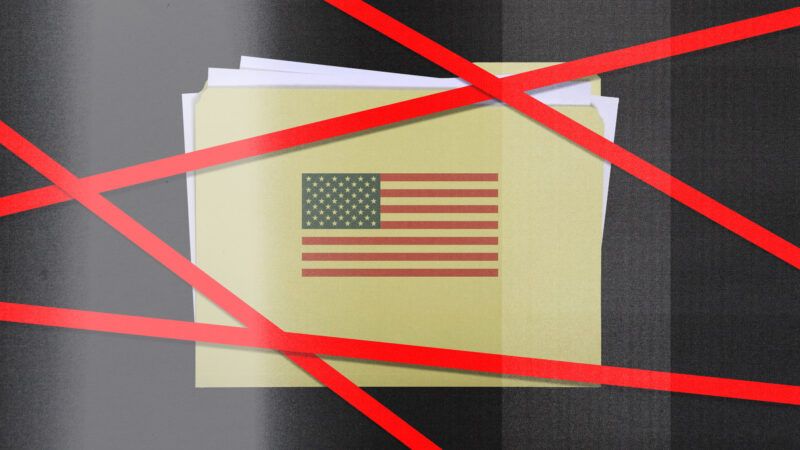Green Card Process 'Utterly Failing' To Help Immigrants 'Pursue the American Dream in Lawful and Orderly Ways'
A new Cato Institute report reveals that just 3 percent of those who have applied for green cards will get permanent status in the U.S. in FY 2024.

Only 3 percent of the people who have applied for green cards will receive one in FY 2024, as the backlog continues to grow and migrants continue to choose illegal migration pathways in large numbers. Today's green card processing "reveals a legal immigration system that is utterly failing to direct aspiring immigrants to pursue the American dream in lawful and orderly ways," wrote David J. Bier, associate director of immigration studies at the Cato Institute, in a report released last week.
About 1.1 million green cards may be issued in FY 2024, but there are currently 34.7 million pending applications. The backlog has its roots in the Immigration Act of 1924 and subsequent eligibility restrictions. While 98.1 percent of immigrant applicants were allowed to enter the country with permanent status from 1888 to 1921, just 16 percent of applicants were admitted in an average year once caps were imposed, per Bier. The rate fell to 3.8 percent in 2023.
Adding to the problem is the fact that the government has let 6.3 million green cards go to waste since 1921, failing to meet caps in large part due to processing delays.
Certain nationalities and green card categories experience more severe backlogs and selective processing. "Indians—who make up half the applicants in the employer-sponsored categories—must wait more than a century for a green card," wrote Bier. People who try their luck at the green card lottery, which currently has about 22.2 million applicants, only have a 1 in 400 chance of getting a green card in a given year. Some who apply for family-based green cards "will face lifetime waits for many country-category combinations," according to Bier.
By granting green cards to such a low percentage of applicants each year, the U.S. is leaving a lot of potential growth on the table. "Backlogged immigrants are likely to enter the United States and start working at higher rates than the general population, and they also appear to be more educated on average," wrote Bier. And beyond being an important addition to the labor force, immigrants are helping to reduce the massive federal budget deficit and stave off population decline.
The Cato report suggests that Congress do away with "the unnecessarily onerous rules and arbitrary caps to approve current green card applicants." After tackling the existing backlog, policy changes could be more modest, since "annual legal immigration would only need to increase more gradually to meet future demand."
This report echoes the findings of June 2023 Cato Institute research, which found that "fewer than 1 percent of people who want to move permanently to the United States can do so legally." A variety of factors keep people from qualifying for the existing green card categories, including low annual visa caps, a lack of U.S.-based sponsors (either employers or qualifying family members), narrow definitions of eligible nationalities, and cost.
Green card inaccessibility affects people who are already in the U.S., those who have applied and are still abroad, and those who would apply if not for the daunting and restrictive process. Policies that reduce the backlog and improve future processing could only benefit the American economy and incentivize would-be immigrants to pursue legal rather than illegal migration pathways.



Show Comments (50)